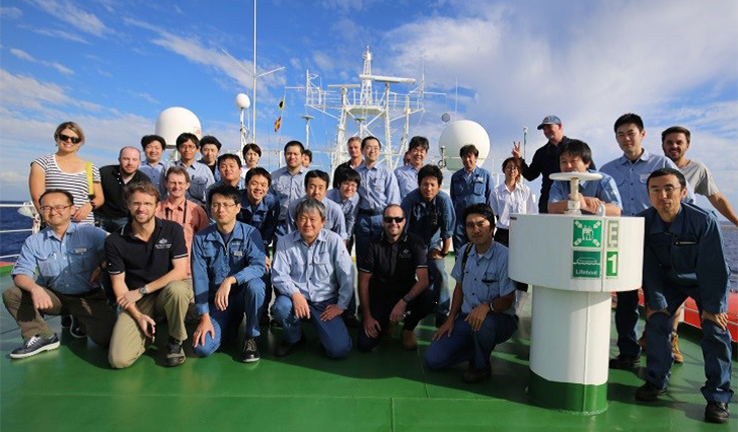
Geoscience Australia and the Japan Agency for Marine-Earth Science and Technology (JAMSTEC) are collaborating on research to better understand the geology of the central Lord Howe Rise.
Did you know that the construction of Questacon was partly funded by Japan? Establishing Australia’s National Science and Technology Centre is one of many achievements to celebrate today, as we mark 40 years of the Australia-Japan Science and Technology Treaty.
Australia and Japan have a longstanding history of collaboration. Australia is Japan’s 7th largest partner in scientific co-publications. Our complementary R&D capabilities and shared technology priorities make us natural partners in science, technology and innovation.
Signed in 1980, the Treaty has fostered collaboration between our 2 countries by linking researchers and institutions. This has facilitated sharing of scientific information. It has also provided a forum for our department and our Japanese counterpart to share policy approaches to growing STEM-skilled workforces.
Some of the other significant achievements to come out of the partnership over the last 40 years include:
- establishing the Australian National Beamline Facility at KEK’s Photon Factory in Tsukuba and long-term collaboration in particle physics
- scientific drilling and surveys of the geology below the ocean floor
- the landing of Japan’s Hayabusa I asteroid probe in Woomera, South Australia in 2010
Today, Australia and Japan are working together to address shared challenges with science and technology. Our researchers continue to collaborate on mutually beneficial projects, including:
- developing mutually beneficial industrial and low-emission technologies driving post-COVID economic recovery
- improving agricultural productivity
- creating a dependable, sustainable energy supply chain with hydrogen
- protecting at-risk coral reefs from Crown of Thorns starfish
- using cutting edge technology to respond to natural disasters
International collaboration is an important aspect of Australia’s science capability and is critical to growing Australia’s economy. It supports knowledge exchange, broadens perspective in addressing challenges and generates new ideas for the future. Through these types of partnerships, Australian researchers and innovators can connect with international colleagues to solve current and emerging global problems.

